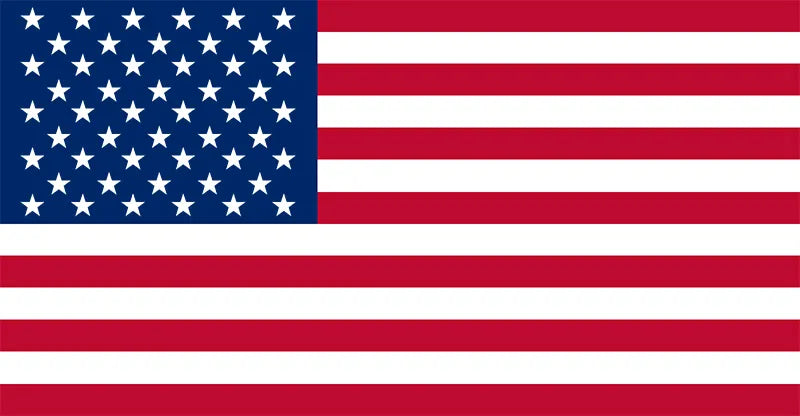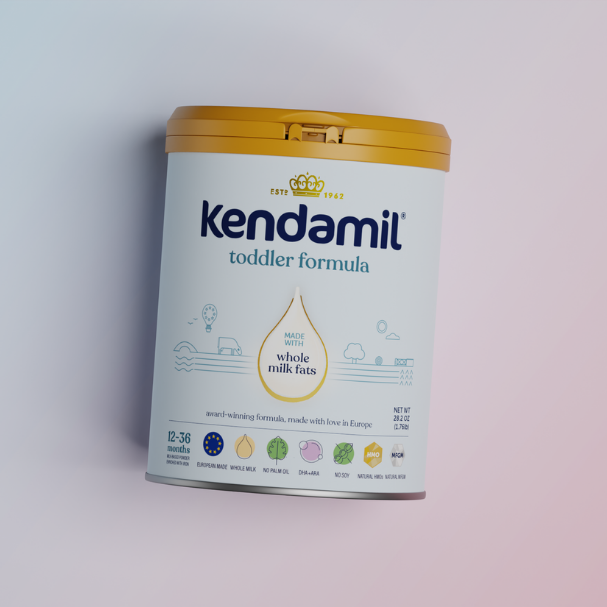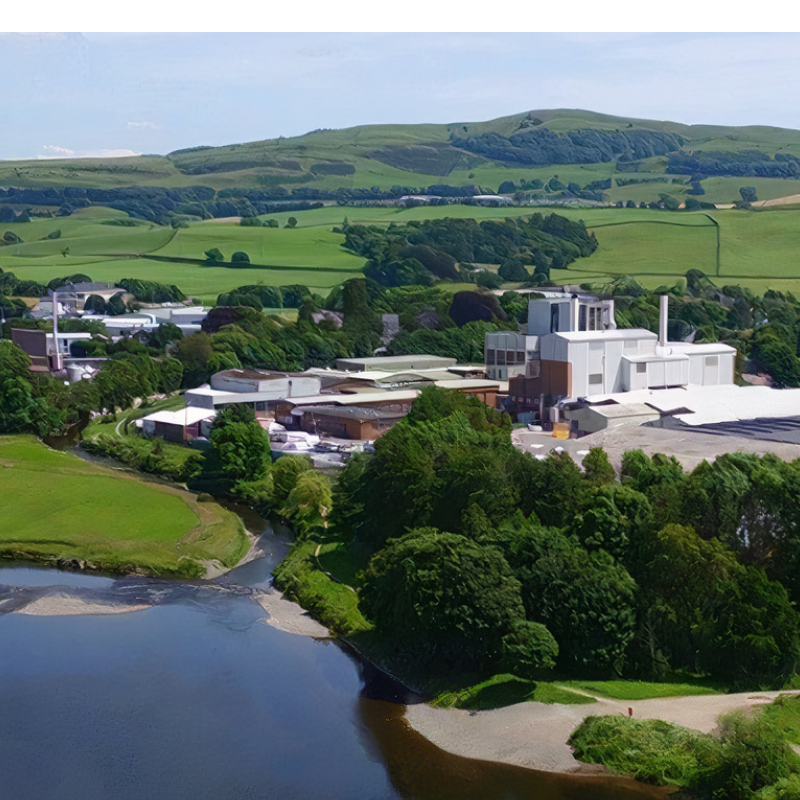As your little one takes their first steps into toddlerhood, it’s not just their tiny tummy that’s growing – their nutritional needs are changing too. Carry on reading while we take a deep dive into reasons why you might want to transition your growing mini-me onto toddler formula. We'll run through the benefits and the nutritional differences vs. cow’s milk and infant formula.
Why Choose Toddler formula?
While most toddlers thrive on a balanced diet of solids, there are instances where toddler formula can play a vital role. Some children have dietary restrictions, allergies, or sensitivities that may limit their intake of certain nutrients. Also, you might have found that your toddler simply doesn’t like many foods when moving onto weaning from infant formula. Toddler formula can be a great, and familiar solution to guarantee that they are getting all the nutrients they need while they make the transition to solids and cow’s milk.
Toddler Formula vs. Infant Formula
As you’ve already begun the baby weaning process, you’ll have learned by now that your toddler already has preferences for certain flavors and foods. Toddler formula can help bridge the gap between the bottle of infant formula that they know and love, and cow's milk. Toddler milk can provide a wholesome source of nutrients that support a toddler's growth, while offering them something that tastes familiar.
The fundamental difference between toddler milk and infant formula is that toddler milk is nutritionally tailored for babies over the age of 12 months, whereas infant formula is formulated for their needs from 0-12 months. Kendamil’s formula ranges for example, despite being made with the same delicious whole cow’s milk, differ in the levels of vitamin and minerals we add depending on whether you’re using infant formula or toddler formula. Our toddler milk contains more protein, calcium and phosphorus than our infant formula based on the specific nutritional needs of toddlers over 12 months.
Toddler Formula vs. Whole Cow's Milk
The American Academy of Pediatrics recommends when weaning your toddler from breast milk or infant formula that you should transition them onto whole cow’s milk. It is not recommended to give babies under 12 months cow’s milk. Although most pediatricians would say that whole cow’s milk provides your toddler with the nutrients they need, there can be circumstances where toddler milk is beneficial. Growth issues, medical conditions that restrict a toddler’s diet or food allergies could be a reason to transition your toddler onto a toddler milk rather than cow’s milk - but this should always be discussed with your pediatrician.
Toddlers aged between 12 to 24 months should be drinking two to three cups of cow’s milk a day, that’s 16-24 oz a day.
Kendamil Toddler Milk
If you are looking for a toddler formula brand, Kendamil is a great option to consider. It contains all the tailored essential vitamins and minerals mentioned above, but also has the same award-winning whole milk recipe as our infant formula and is free from palm oil, soy oil, GMOs, and artificial preservatives. As always, Kendamil is committed to providing a high-quality and sustainably made formula that supports your baby’s continued growth and development. With Kendamil, you can trust that your baby is getting natural ingredients without the nasties.
Our toddler formula is FDA-compliant and is crafted in Europe to European standards. Kendamil is the only European formula that uses a whole milk recipe available in the US. The whole cow’s milk used to create our creamy Toddler formula comes from grass-fed cows from family farms (which might explain why it tastes so delicious!)
If you want to know more about the nutritional benefits of whole milk in our formula check out the whole story on whole milk here.
What nutrients are in Kendamil’s Toddler formula?
Toddler formula is enriched with a balanced range of vitamins and minerals essential for growth and development. At Kendamil, our toddler milk includes Vitamin A, Vitamin D3, Vitamin E, Vitamin K, Vitamin C, Thiamin, Riboflavin, Niacin, Vitamin B6, Folic Acid, Vitamin B12, Pantothenic Acid and Biotin. It also includes a whole heap of essential minerals, such as calcium, iron, and zinc, which contribute to bone health, brain development, and overall immune function.
As you can see from this comparison below, not all Toddler milks are the same. See how our recipe compares.

How and when to transition your toddler from bottle to cup
Here are some of our tips on how to transition from bottle to sippy cup:
- When to ditch the baby bottles? The American Academy of Pediatrics recommends transitioning your baby from bottle to cup at around 6 months, the same time as when they typically start weaning. Of course for many babies, the bottle is a comforter so they often don’t accept the switch until closer to 12 months. Sippy cups can help toddlers develop their motor skills while gradually encouraging independent feeding.
- How can I help them transition? Moving from bottle to cup might not be such a seamless transition, so you could start by allowing bottles at mealtimes and switching to cups at naptime and bedtime.
- What should I do if they rely on their bottle for comfort? Weaning your child away from ‘comfort sucking’ their bottle teats is recommended by the time your toddler is 2. Help them to learn to self-soothe instead of relying on the bottle at bedtime for comfort and we suggest offering more snuggles, stories and reassurance so they feel relaxed. Remain consistent and persevere..
- When should they be using open cups? You can start offering them open-lid cups at 2 years old. Bear in mind that, as you move towards cup-feeding, milk will fall! It can get a little messy - but try not to worry too much and try not to get irritated. This is completely normal and all part of your little one’s important journey towards independence, growth and development!
The journey into toddlerhood brings with it exciting developments and a new world of foods. So as your toddler starts to form their own tastes and preferences – embrace their messiness, their new-found independence, and the magic of watching your toddler feed themselves and explore new flavors.
Deciding to move your toddler from infant formula to cow or toddler milk will depend on your toddler’s individual needs and preferences. Be sure to consult with your pediatrician if you think your child has any food sensitivities, intolerances, allergies or nutrient deficiencies.














